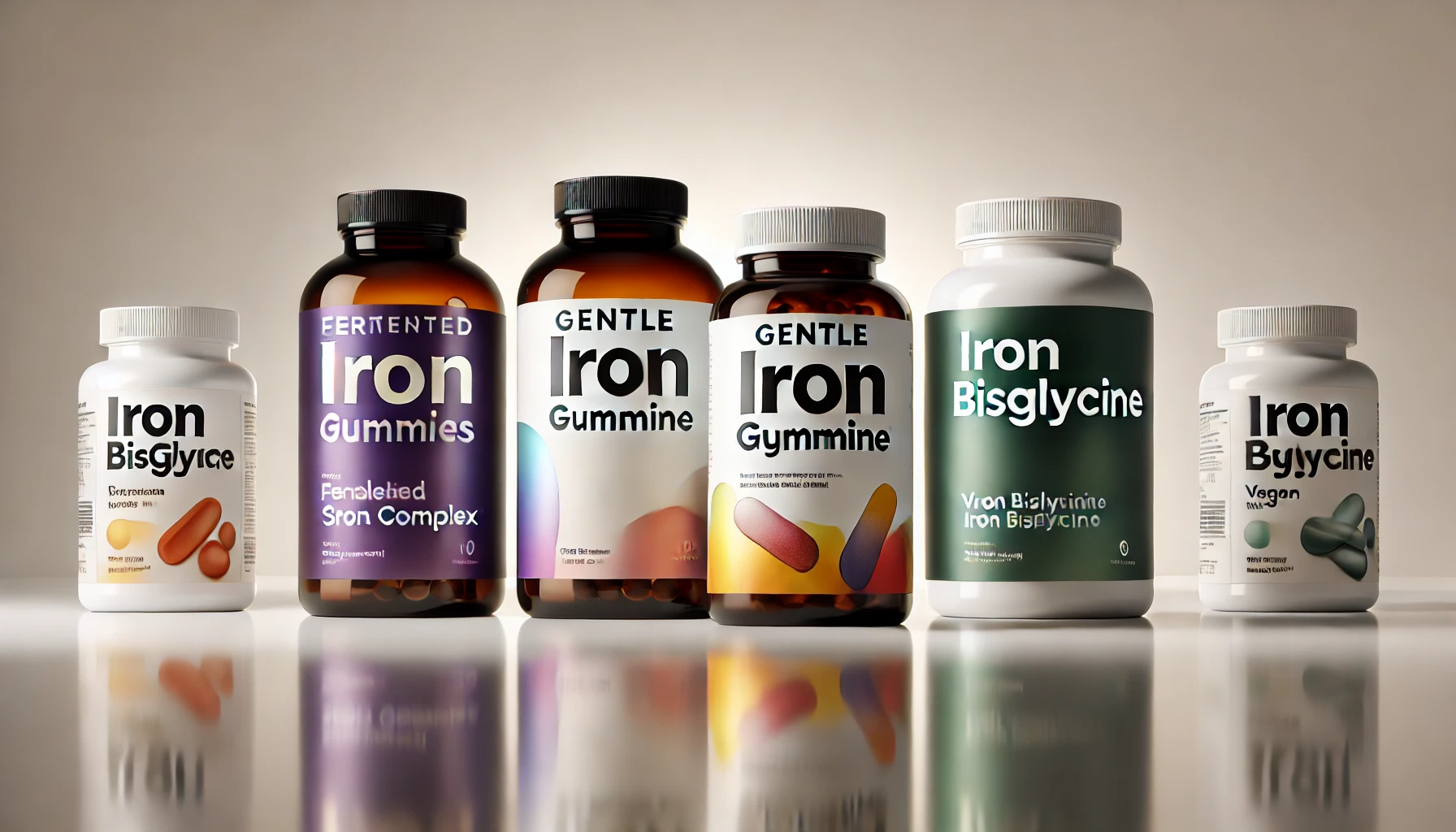This post was written with Consensus AI Academic Search Engine. Iron is an essential micronutrient crucial for various physiological functions, including oxygen transport and energy production. Iron deficiency is a widespread nutritional issue affecting billions globally, leading to significant health and economic consequences. This article explores the comparative effectiveness of dietary iron and iron supplements in improving iron status, particularly in different demographic groups such as children, women of childbearing age, and athletes.
Iron Supplementation vs. Dietary Iron
A systematic review and meta-analysis compared the effects of dietary intervention versus iron supplementation on biochemical parameters related to iron nutritional status. The study found that iron supplementation significantly increased hemoglobin concentration and reduced soluble transferrin receptor levels in anemic/iron-deficient children more effectively than dietary interventions. However, no significant differences were observed between supplementation and dietary intervention in treating adolescents and adults1.
Dietary Treatment of Iron Deficiency in Women
A study focusing on iron-deficient women of childbearing age compared the effects of iron supplementation and a high-iron diet. The results indicated that iron supplementation led to a more significant increase in serum ferritin levels compared to dietary intervention. However, the high-iron diet continued to improve iron status during a six-month follow-up, suggesting long-term benefits of dietary modifications2.
Factors Affecting Iron Absorption
Research has shown that the timing and dietary context of iron supplement intake significantly impact iron absorption. Consuming iron supplements in the morning, away from meals or coffee, and with an ascorbic acid-rich beverage, maximizes iron absorption. Conversely, consuming iron with coffee or breakfast significantly reduces absorption3.
Nutritional Iron Deficiency
Nutritional iron deficiency is prevalent, especially in populations consuming plant-based diets with low iron bioavailability. Strategies such as targeted iron supplementation and food fortification have been effective in controlling iron deficiency. However, technical challenges in fortification and the need for specific laboratory measures to monitor iron status remain4.
Iron and Female Athletes
Female athletes, particularly those in endurance sports, are at increased risk of iron deficiency due to heightened iron losses. While oral iron supplementation is commonly used, it has side effects and risks of toxicity. Dietary modifications, including iron-rich diets and novel iron-rich products, have shown promise in maintaining iron status in female athletes5.
Ferritin and Nonheme Iron Sources
Ferritin, a major form of endogenous iron in food legumes, represents a novel and natural alternative for iron supplementation. Understanding the chemistry and biology of different dietary iron sources is crucial for designing effective diets to combat global iron deficiency6.
Iron Intake in Pregnant Women
A review of dietary iron intake in pregnant women across Europe revealed that most women have iron intakes below the recommended levels, contributing to low iron status. The study highlighted the need for consensus on iron supplementation guidelines and standardized dietary methods across Europe7.
Innovative Iron Supplement Technologies
Novel dietary supplements using technologies like microencapsulation, liposomes, and sucrosomes have been developed to improve iron bioavailability and reduce side effects. Microencapsulated iron supplements, in particular, have shown better performance in terms of bioavailability and safety compared to other formulations8.
Heme Iron-Based Dietary Interventions
Heme iron, with its high bioavailability and low gastrointestinal side effects, has been investigated as a dietary treatment for improving iron status. A study found that heme iron in the form of blood-based crisp bread was as effective as non-heme iron supplements in increasing body iron levels in women of reproductive age9.
Iron and Gestational Diabetes
High maternal iron status and iron supplement use during pregnancy have been associated with an increased risk of gestational diabetes mellitus. This highlights the need for careful monitoring and individualized recommendations for iron intake during pregnancy10.
Conclusion
Both dietary iron and iron supplements play crucial roles in managing iron deficiency. While iron supplements are effective in rapidly increasing iron levels, dietary modifications offer long-term benefits and fewer side effects. Understanding the factors affecting iron absorption and the specific needs of different demographic groups is essential for developing effective iron deficiency interventions.
